Sep 25 (V7N)- The Sahara Desert, known as one of the driest places on Earth, has recently seen an unexpected transformation. NASA has reported the emergence of green vegetation in parts of the desert following heavy rainfall earlier this month. Cyclones on September 7 and 8 brought significant downpours over northwest Africa, leading to the growth of plant life in areas that are typically barren.
The rainfall affected countries such as Morocco, Algeria, Tunisia, and Libya. NASA's Earth Observatory published satellite images showing patches of greenery emerging across the vast desert landscape. Sylvia Trzaska, a climate change researcher from Columbia Climate School, explained that shrubs are beginning to sprout in low-lying areas like riverbeds, taking advantage of the rare moisture.
Peter de Menocal, president of the Woods Hole Oceanographic Institution, remarked that plant life in the Sahara quickly responds to such heavy rainfalls, turning the sand dunes into lush landscapes, albeit temporarily. Historically, the Sahara was once a fertile region, covered with vegetation and lakes around 11,000 to 5,000 years ago, according to past research by de Menocal.
These recent rains have even refilled normally dry lakes, according to Moshe Armon from the Hebrew University of Jerusalem. This rare occurrence has rekindled the desert's brief revival of life, offering a glimpse of what the Sahara may have looked like thousands of years ago.
END/RH/AJ



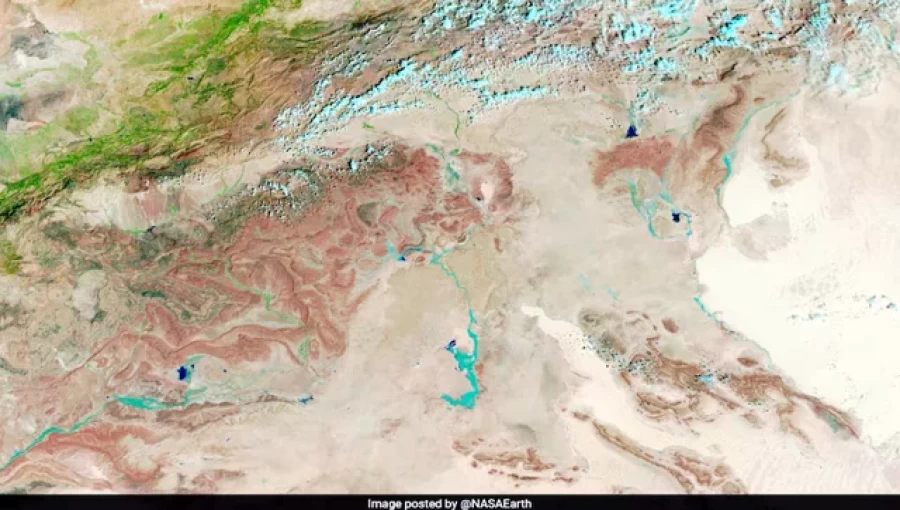


















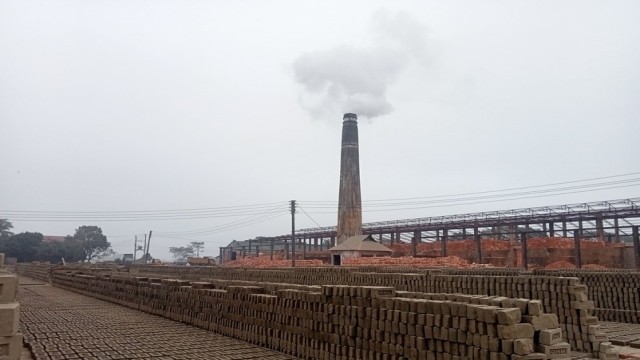

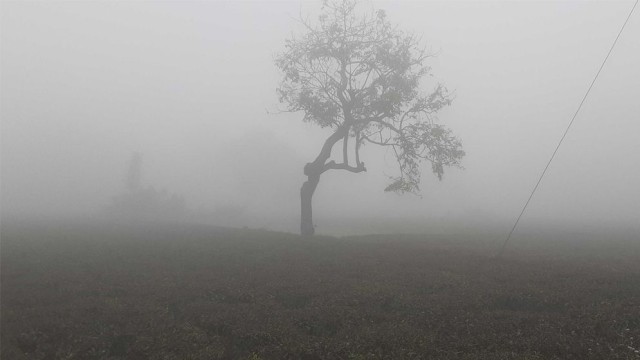
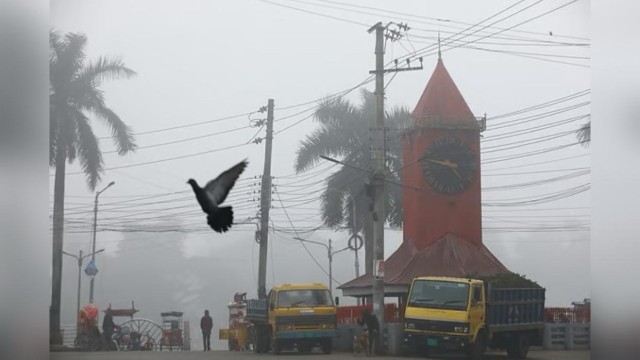

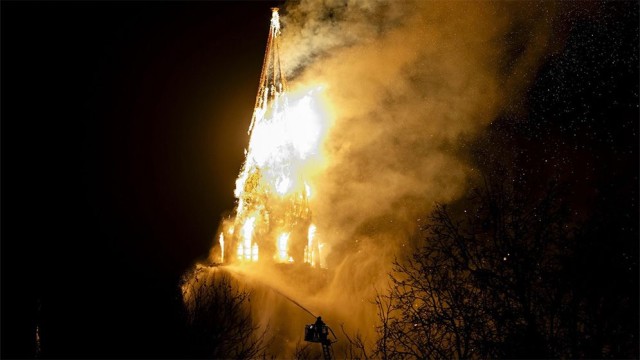



Comment: